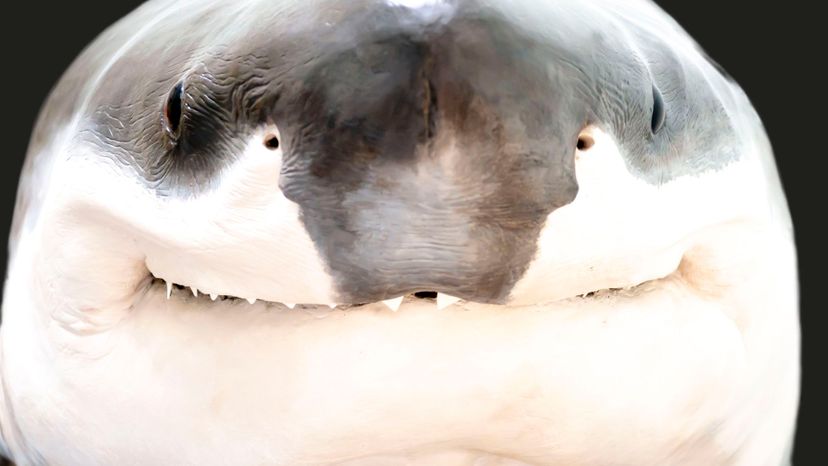
About This Quiz
The amazing thing about the animal kingdom is all of the diversity that it has. Not only do we have creatures of different sizes -- they have different diets, live in different climates, have specific habits and mate in unique ways. All of this makes for one very diverse and interesting world. But there are some creatures that are more ferocious than others. Creatures that, if you are on the wrong side of them, could bring about your very last breath. They are the killer beasts of the world.
And because they are so dangerous, we have been warned to stay away from them. But what if you couldn't see the entire animal? Would you still know what it was and how deadly it could be? Would you be able to tell what it was just by seeing its nose? We're here to test that today.
We've featured some of the most recognizably dangerous animals known to man, and some that aren't so popular. Some of them have nostrils that they do not use, like our underwater creatures. But we'd still like you to take a look and try to guess what kind of animal they are. So if you feel like that's something you can do, go ahead and take this quiz.

The lion is often known as the king of the jungle. This big cat can weigh up to 500 pounds and preys on other animals such as giraffe, wildebeests and zebra. This expert hunter has a highly developed sense of smell.
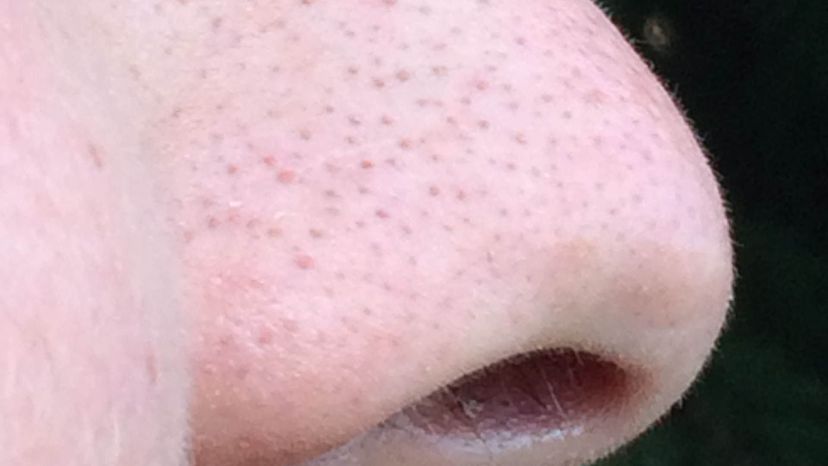
Humans -- or homo sapiens as they are scientifically known -- are the only species of the genus homo currently living. They have an upright posture and employ heavy tool and language use in everyday life.
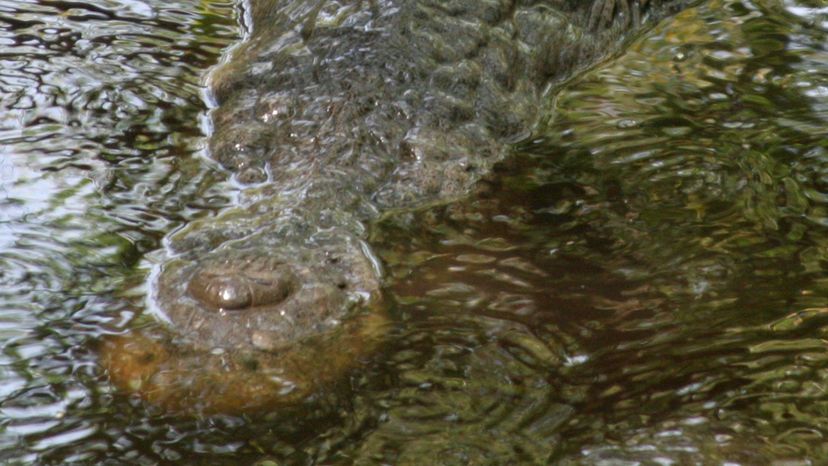
Crocodiles are aquatic reptiles found in tropical regions around the world, in both saltwater and freshwater. The shape of the nose is one of the easiest ways to tell crocodiles and alligators apart; a crocodile's snout is narrow and pointy, while an alligator's nose is more broad and round.
Advertisement

Grizzly bears are so-named because of their grizzled hair. These majestic wild animals are currently found in Alaska, western Canada, and parts of the northwestern United States. They occupy a variety of habitats, including forests and meadows.
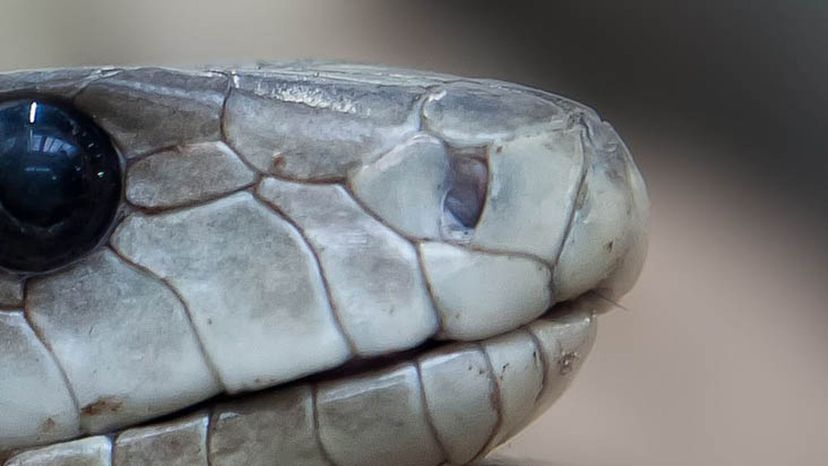
The black mamba is a type of venomous snake native to sub-Saharan Africa. They are the second longest species of poisonous snake species, reaching up to 3 meters in length, and is considered by some to be the most dangerous snake in Africa.
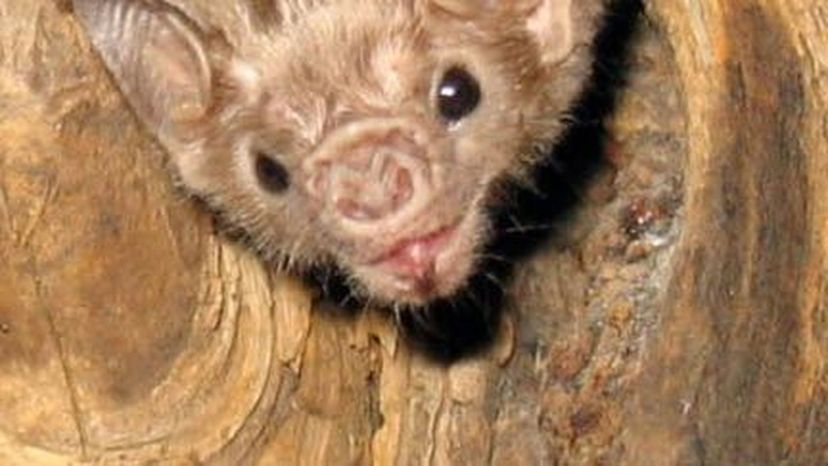
Bats are killer beats, but not necessarily because they want to be. They're great disease carriers, and in some cases, those diseases able to kill humans. On the more positive side, bats also play an important role in pollinating plants and controlling bug populations.
Advertisement
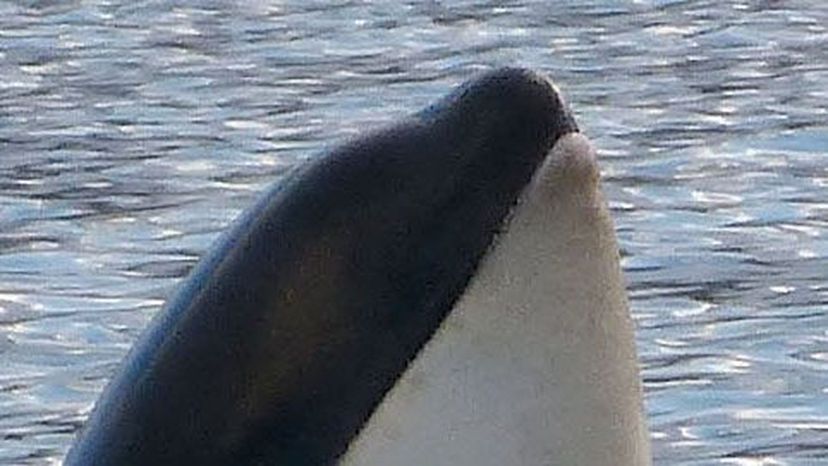
Killer whales, also known as orcas, are the largest members of the dolphin family. They can be easily distinguished by their black skin with white underbellies. Although they breathe air, killer whales spend most of their time underwater, so their sense of smell doesn't get much use.
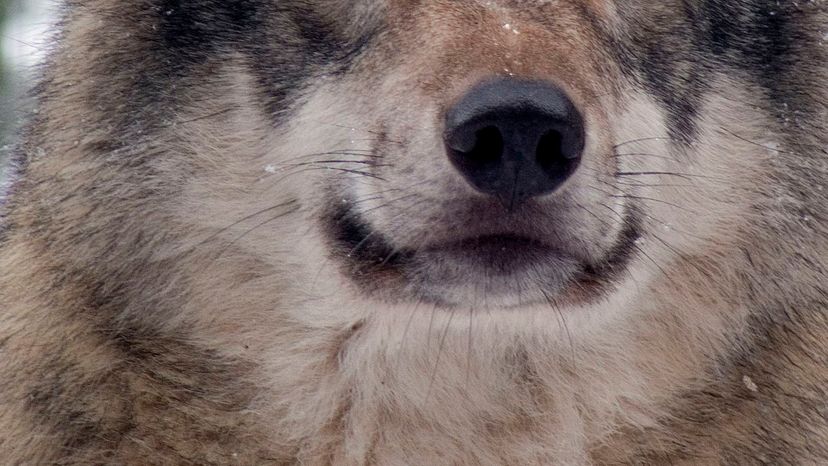
The grey wolf, or timber wolf, is a species of wolf endemic to Eurasia and North America. The grey wolf is the largest member of its family and can weigh up to 45 kilograms.

The king cobra is found in India and Southeast Asia. It is the longest species of all venomous snakes. While king cobras have nostrils, they actually use their long forked tongues to pick up the smell of potential prey.
Advertisement
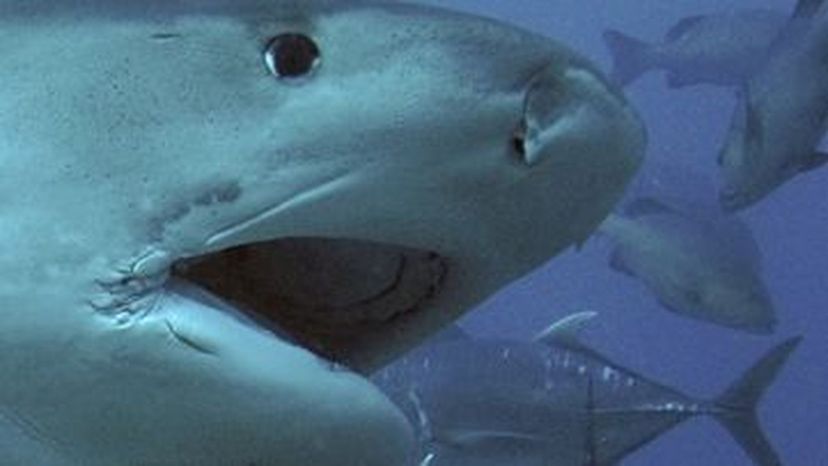
The tiger shark is a relentless hunter, with strong jaws and jagged teeth that help it to devour its prey. Similar to the great white shark, it is a threat to people and fish alike, as it is known for attacking humans.
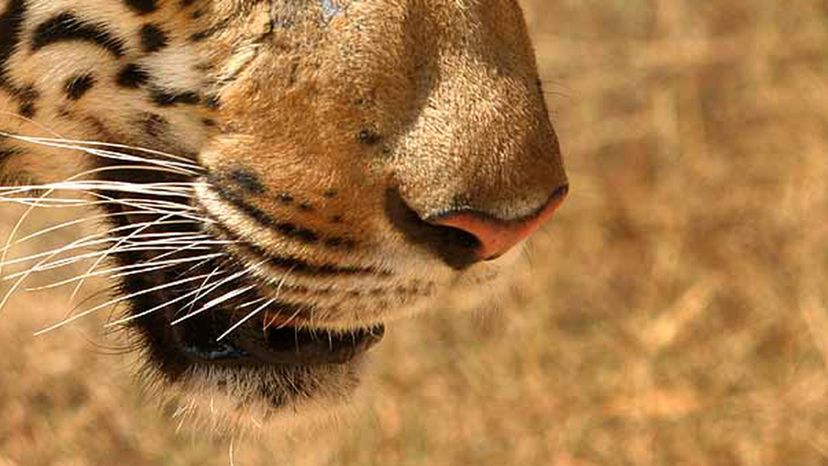
Tigers are the largest species of wild cats on earth and are easily distinguished by their striped fur of orange and black. Interestingly, tigers barely use their sense of smell when hunting; instead, they use scent in social situations like marking territory and mating.
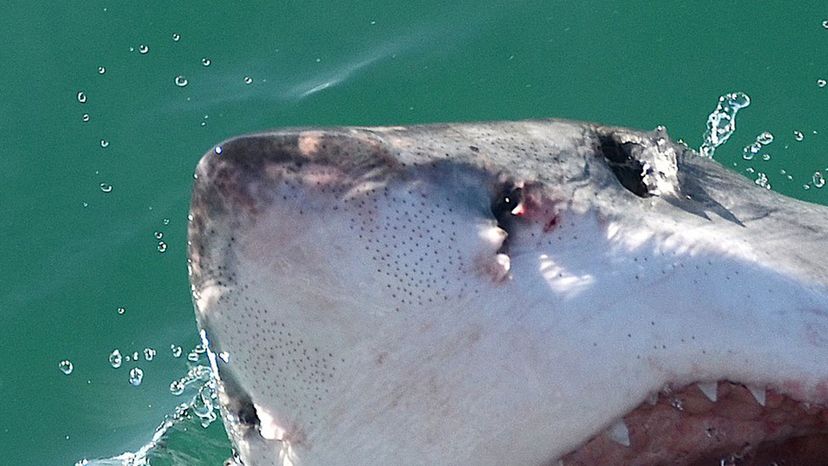
Great whites are Earth's largest predatory fish; females can grow up to 20 feet long and over 4,000 pounds. Their keen sense of smell allows them to detect a small amount of blood in the water from up to 3 miles away.
Advertisement
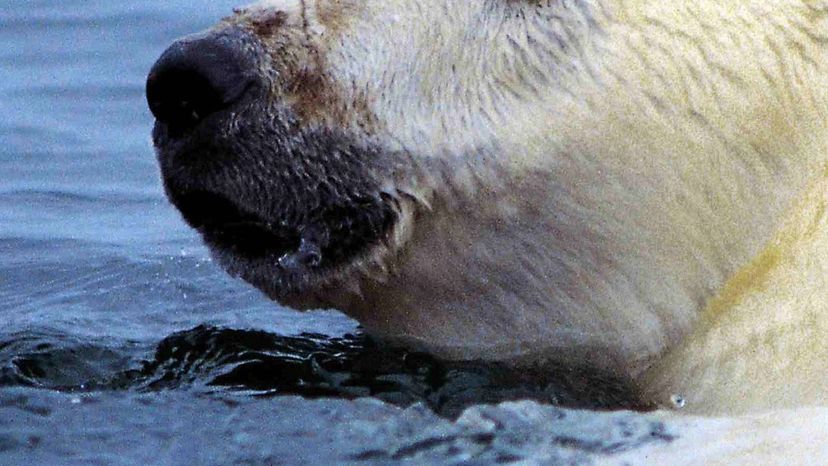
Polar bears can be distinguished by their white fur. They inhabit the cold regions of the Arctic Circle. Polar bears use their strong sense of smell to find breathing holes made in the ice by seals, which are their main food source.
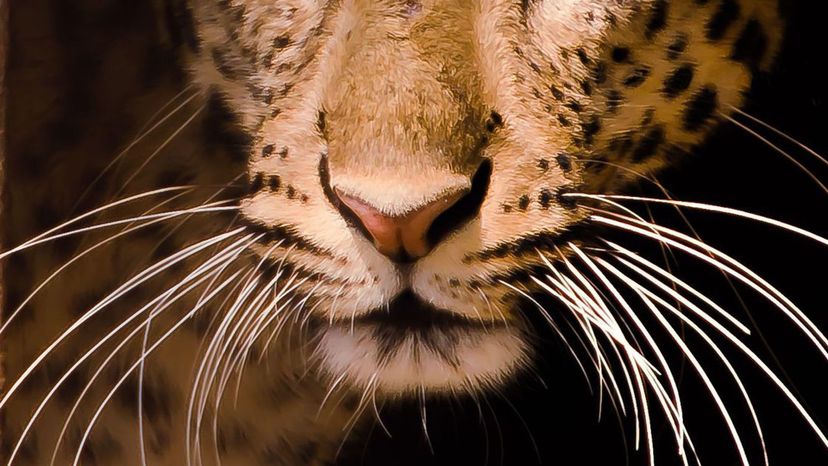
Leopards can be found throughout sub-Saharan Africa and Asia. One of their main identifying characteristics is their spotted skin. Leopards are nocturnal hunters that stalk their prey from the ground and from trees.
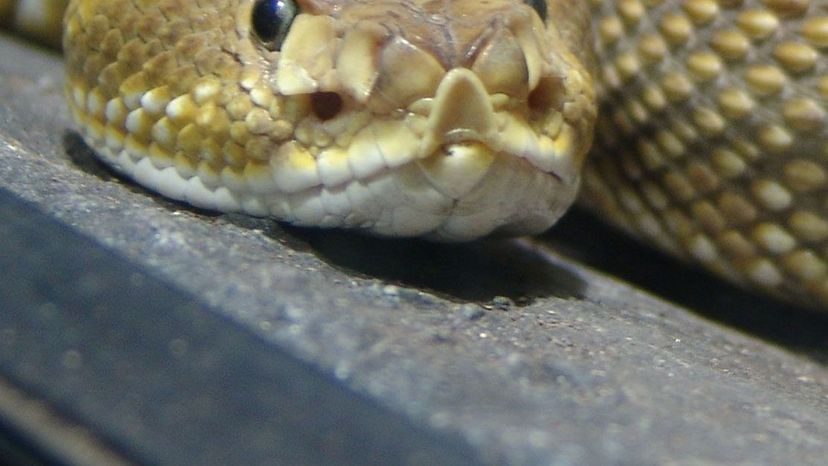
The rattlesnake got its name because of the rattle found on its tail, which it uses to warn predators away. This venomous animal also makes a sound capable of scaring its prey before it strikes.
Advertisement
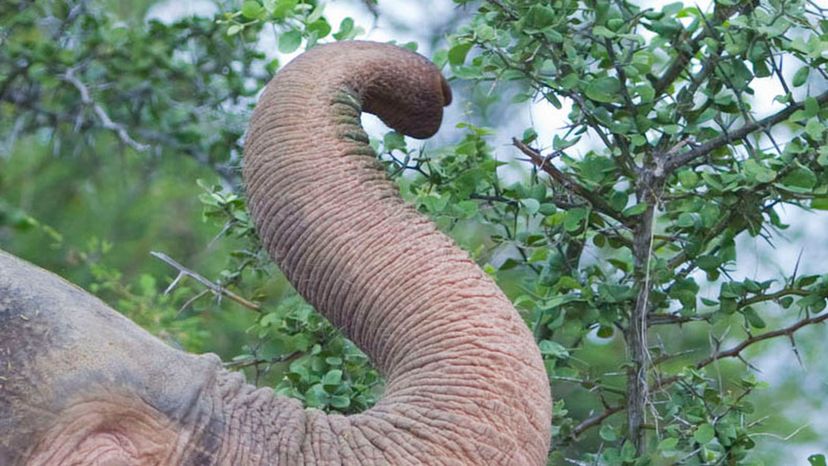
There are three species of elephant currently living: the African bush elephant, African forest elephant and Asian elephant. Their characteristic trunks have many purposes, from gathering food to wresting with other elephants.
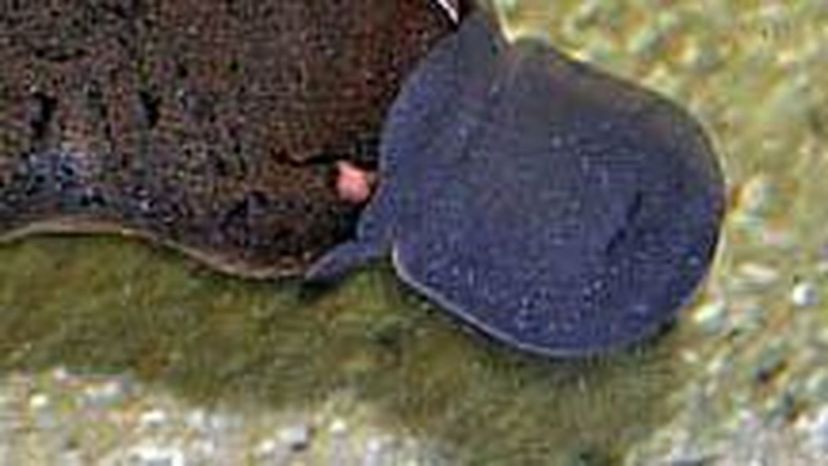
A platypus is a strange creature that looks like a mix of a beaver and a duck. As funny as they appear to be, these creatures actually have venom that can kill animals close to their size. A human poisoned by a platypus can experience extreme pain but will not die.
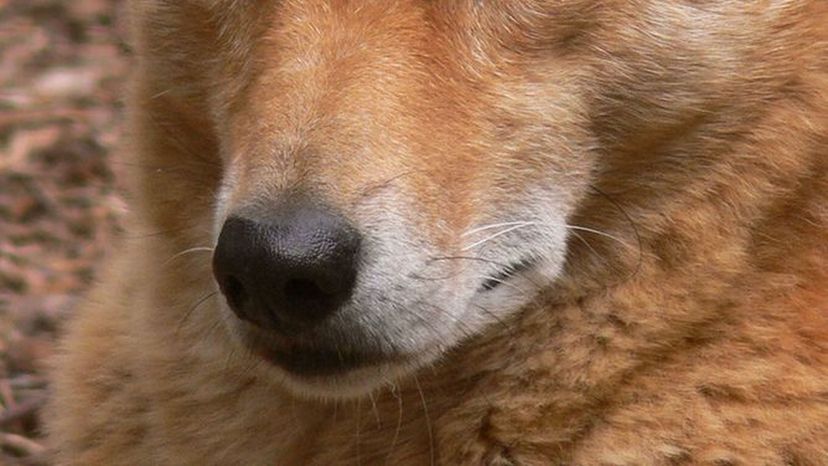
A dingo is a dog-like creature native to Australia. Although most tend to leave humans alone, a death does occur every now and again, especially if a human tries to domesticate this wild animal.
Advertisement
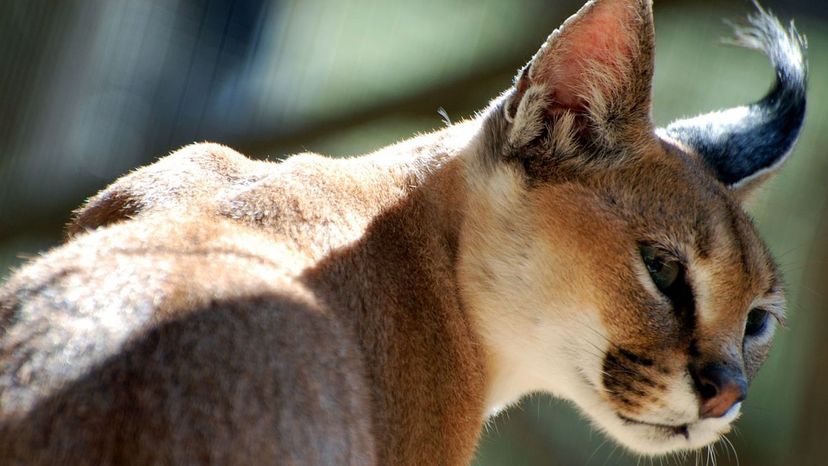
Caracals are cat-like creatures capable of great damage. These hunters are incredibly smart; there's even been one account of two caracals that teamed up and slaughtered 22 sheep in one day.
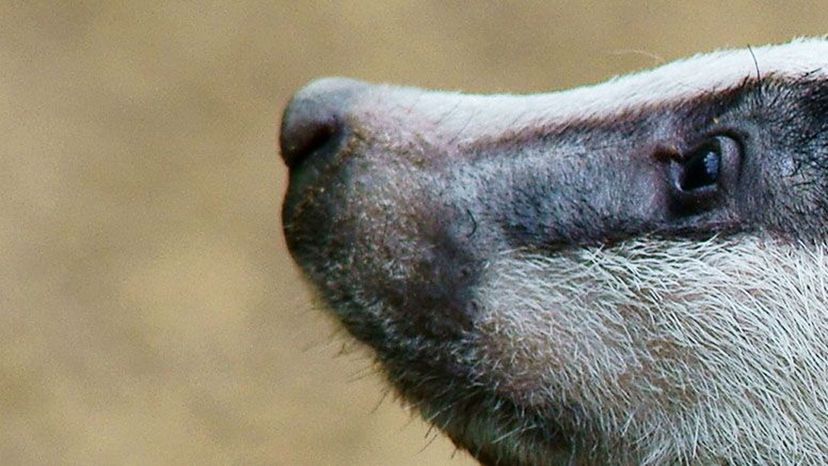
This mammal, which humans often pass off for being a skunk, is far from that. These fearless animals can frighten off some of the most dangerous cobras in the world and sometimes kill for seemingly no reason.
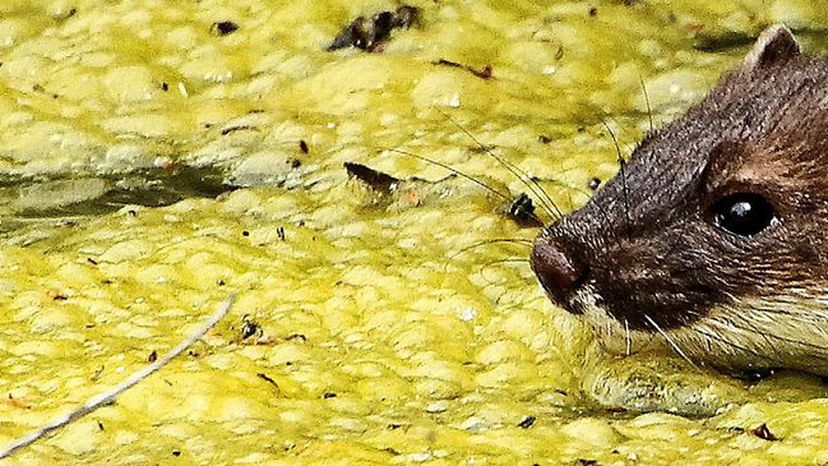
Stoats are members of the weasel family, and they don't look like much. But they're agile, resourceful and intelligent enough to kill animals much larger than themselves -- and they sometimes seem to do it for fun.
Advertisement
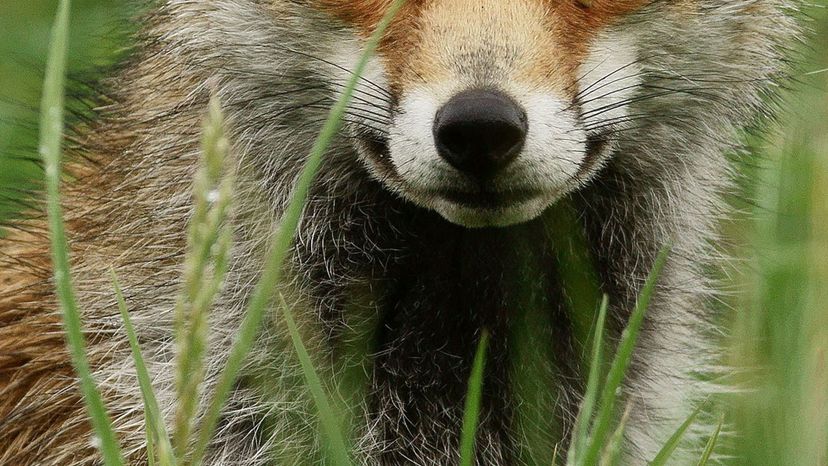
The red fox is the largest species of true foxes. They are best known for being cunning and intelligent. Their sense of smell isn't the strongest among canines, but they have excellent hearing.
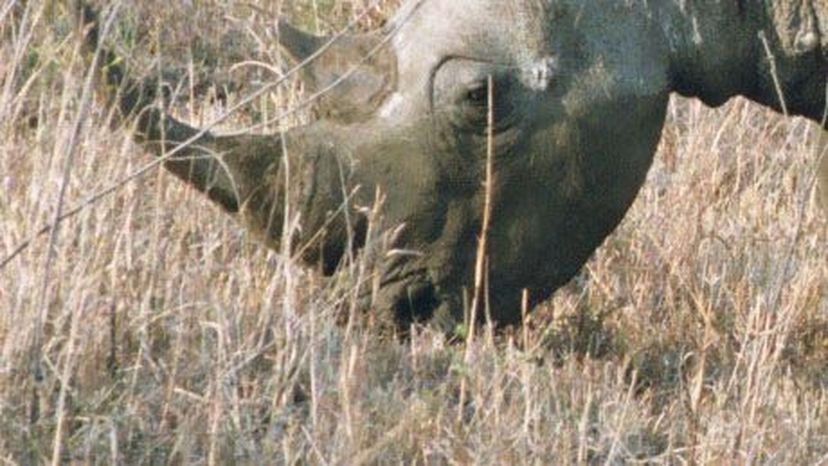
The rhinoceros, or rhino for short, is a species of odd-toed ungulates (meaning they use just one of their five toes to carry most of their weight). They can be easily distinguished by the large horn on their faces.
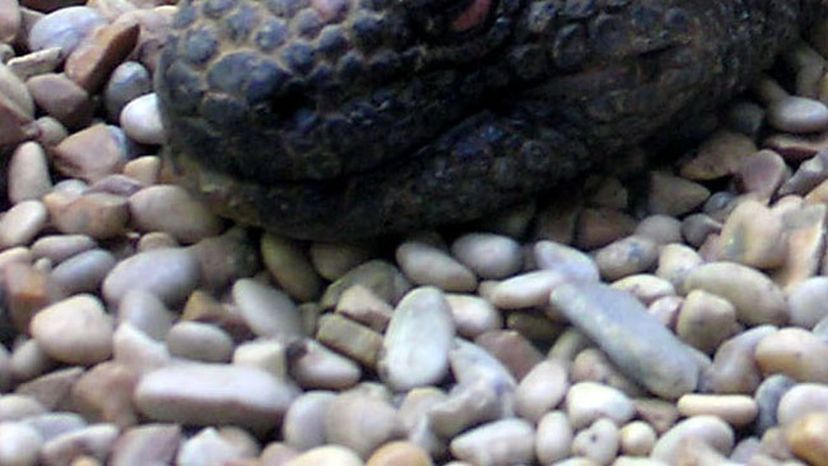
A Gila monster isn't exactly a monster and is actually known to move quite slow. However, these lizards also have venom that is capable of taking down animals many times its size.
Advertisement
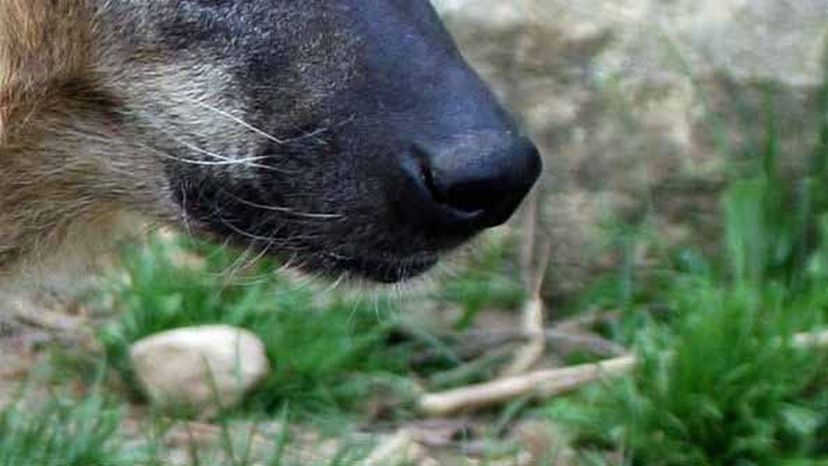
Hyenas occupy a wide range of habitats across Africa, including grasslands, woodlands, savannas and forest edges. They're a key predator species in their natural environment. While it's rare for them to attack humans, it has been known to happen.
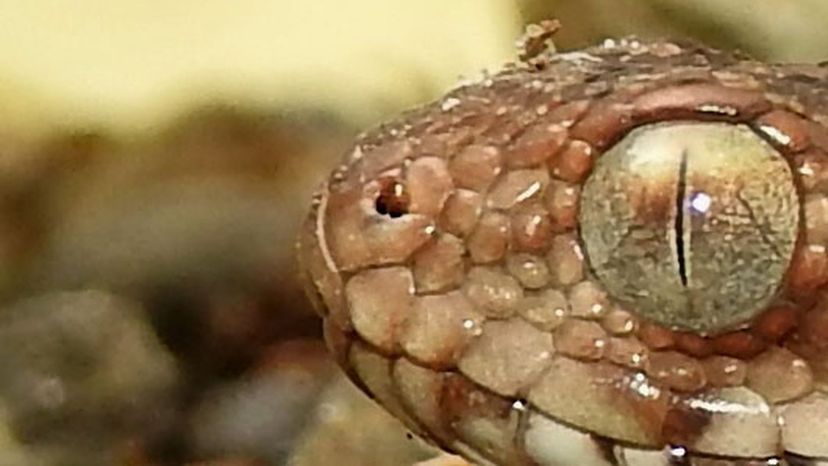
The carpet viper, or saw-scaled viper, can be found in shrubs, dry savannas and rocky regions in the Arabian peninsula and northeastern Africa. The venom of a carpet viper contains cytotoxins and hemotoxins.
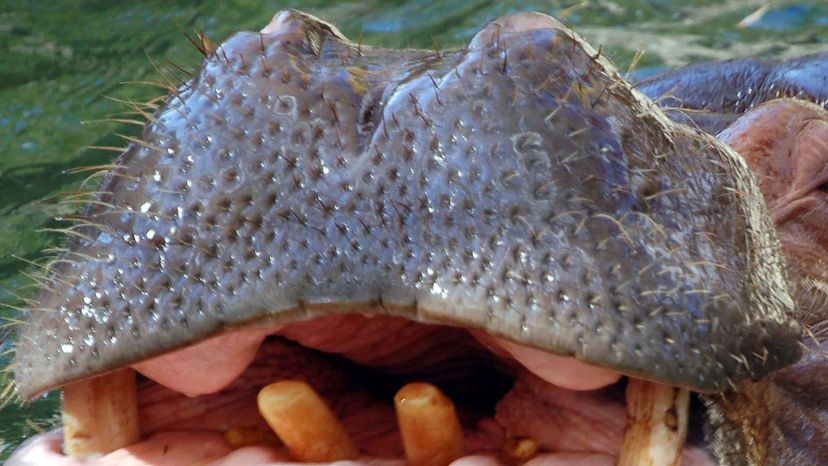
The hippopotamus is a large semiaquatic mammal found in sub-Saharan Africa. They are the third largest land mammal on the planet and can weigh up to 4000 lbs. While hippos may look lazy, they're actually very aggressive and are known to attack people and boats.
Advertisement
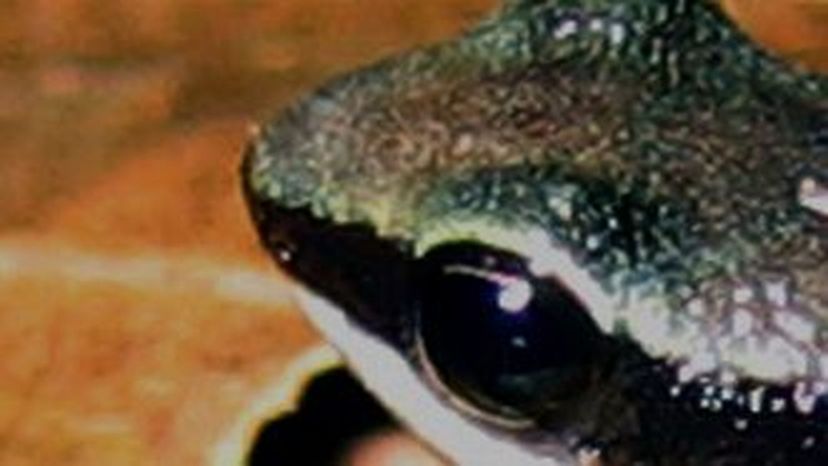
The poison dart frog is native to the tropical regions of Central and South America. They are one of the most poisonous types of frog in the world; their name comes from the fact that indigenous Americans would coat the tips of their arrows in the frogs' lethal poison.
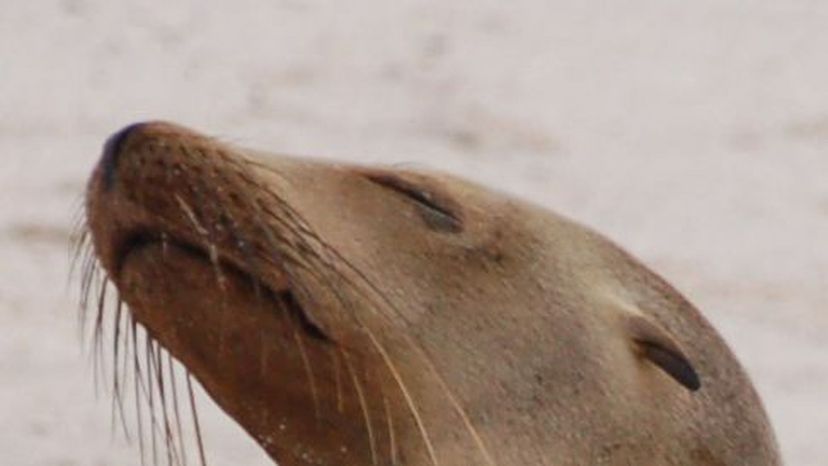
Sea lions are marine mammals that live along coastlines in both the Northern and Southern Hemispheres. They have long foreflippers that allow them to walk on all fours. They prey on penguin, squid and krill.
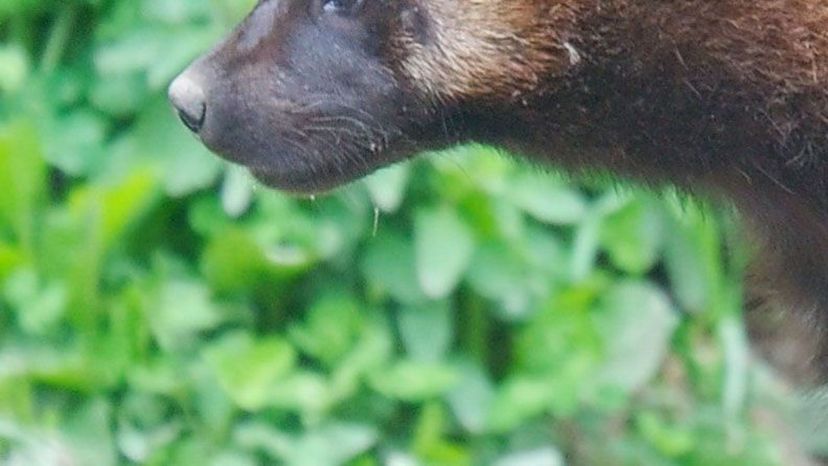
Wolverines may look like cute, squirrel-like animals, but you should be wary of them. These animals, relatives of the weasel, have been known to take down a sick moose or two with their claws and their jaws, and attacks on humans aren't unheard of either.
Advertisement
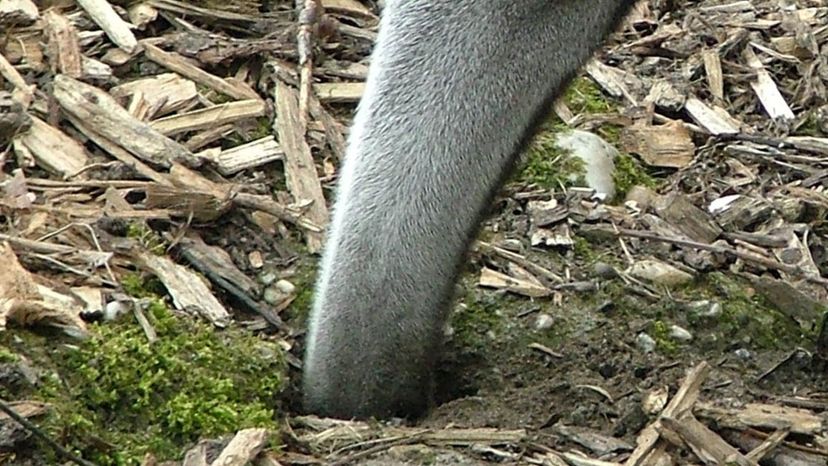
These insect-eating mammals tend to mind its own business in the wild. If threatened, however, it can and will use its powerful claws, which are known to disembowel predators.
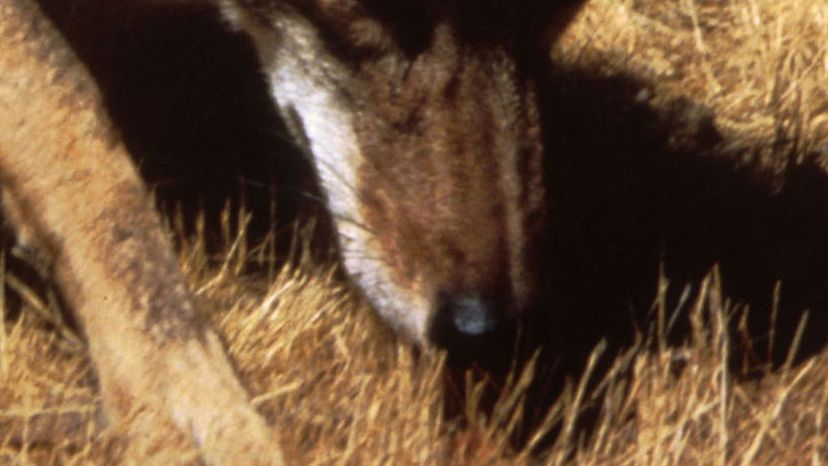
The coyote is native to North America. It is a canine species closely related to the grey wolf. Coyotes are opportunistic eaters, with a diverse diet that includes rodents, rabbits, frogs and grass.
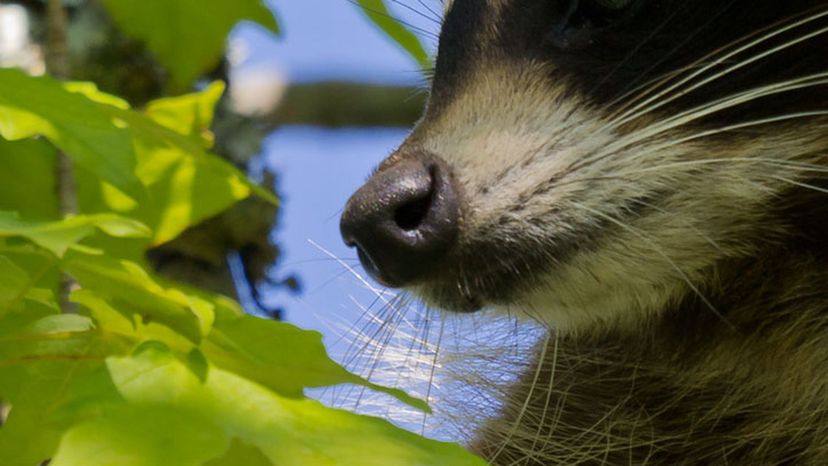
Raccoons are an omnivorous mammal species native to North America. They're known to eat whatever they can get their hands on. They won't normally bother humans, although they can easily carry rabies.
Advertisement
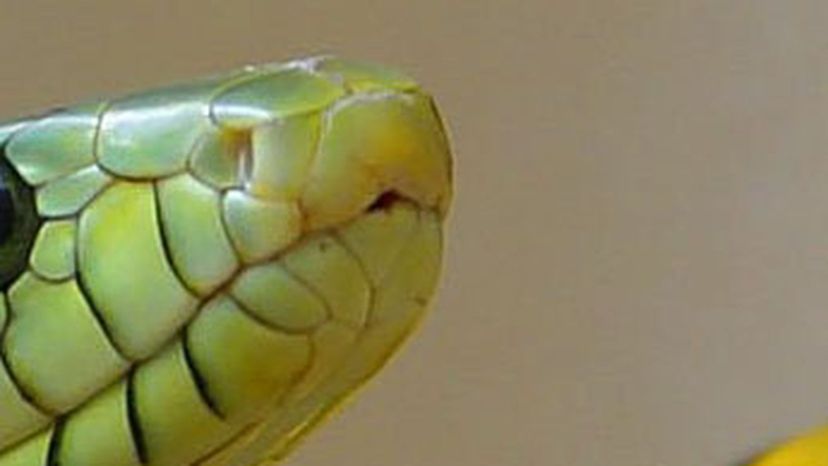
A boomslang is a type of highly venomous snake found in sub-Saharan Africa. The boomslang is green or brown in appearance and dwells in trees, and its normal diet includes lizards, eggs and some small mammals.
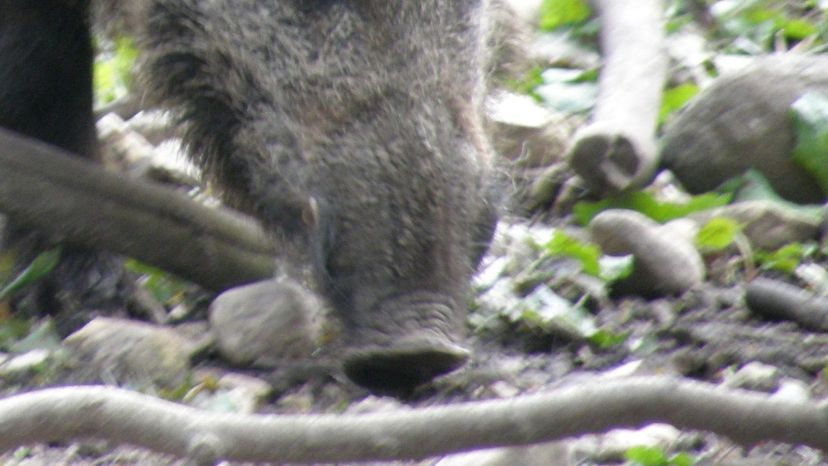
The wild boar is the largest species of wild pigs, and also one of the farthest reaching -- they're found across Europe and Asia and have also been bred with wild pigs in Australia and the Americas. They are covered in grizzled hair and possess large tusks.
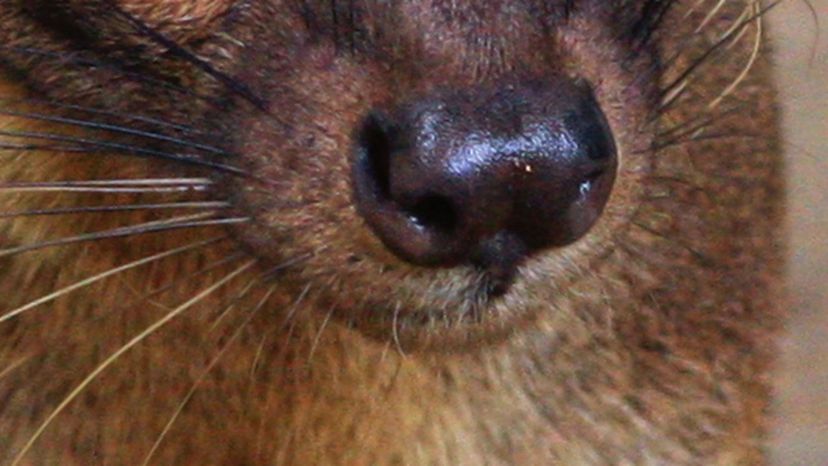
Fossas are cat-like mammals native to the island of Madagascar. Fossa have retractable claws and a reddish brown coat. They prey primarily on lemurs; in fact, fossas are the primary predator of lemurs on Madagascar.
Advertisement
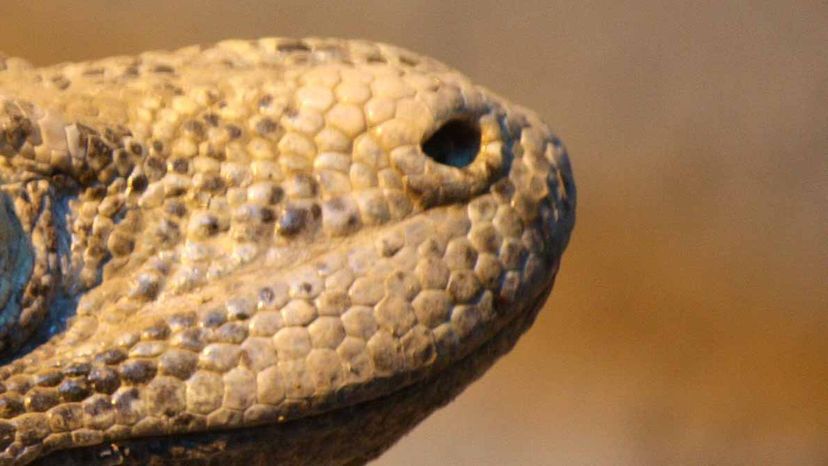
Komodo dragons are the largest species of lizards on the planet, weighing up to 300 lbs. Found on Indonesia's Sunda Islands, Komodo dragons feed on large prey such as deer and pigs. They've also been known to occasionally attack people.
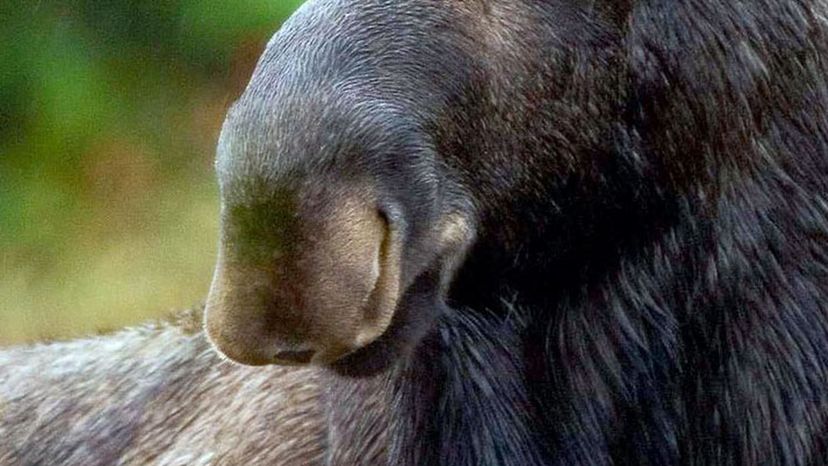
These animals aren't considered dangerous -- until they are messed with, that is. A moose can charge at a human and kill them. Many deaths have been recorded over the years, in fact.
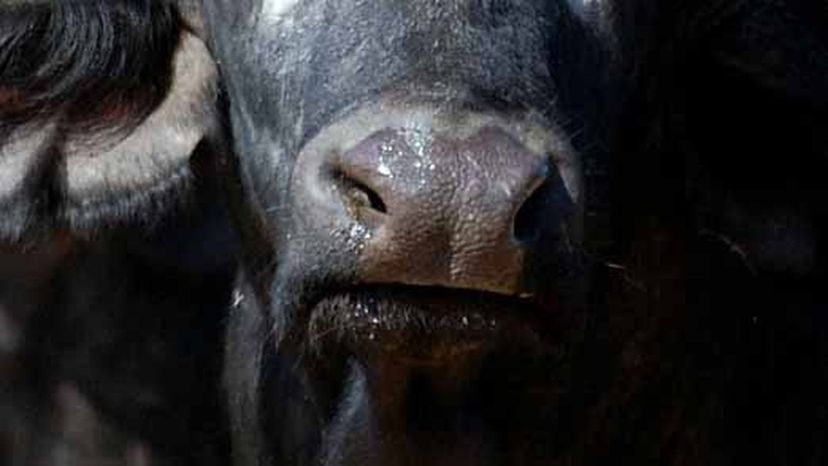
The Cape buffalo, or African buffalo, can be found across sub-Saharan Africa. It may look similar to a giant cow, but be careful -- this animal is known to be very dangerous, with multiple fatal attacks on humans reported every year.
Advertisement
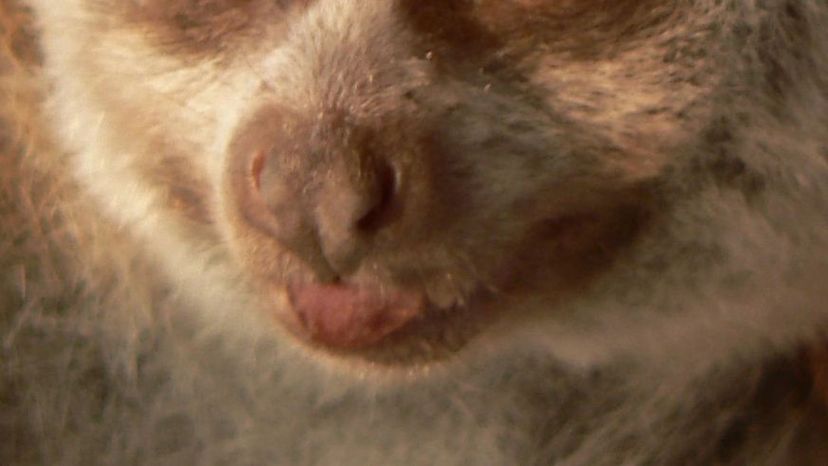
Slow lorises look awfully cute, but you don't want to cuddle this animal -- it's the only known primate to be venomous. Their venom is held in glands in their inner arms, and it's capable of causing anaphylactic shock in some people.